“Your ecommerce empire is just a click away. Let’s find the architects of your digital dreams!”
Introduction
In today’s fast-paced ecommerce world, your mobile app is no longer just a nice-to-have; it’s the heartbeat of your business. From boosting sales to building customer loyalty, the right ecommerce mobile app can be a game-changer. But here’s the catch—there are hundreds of ecommerce app developers out there, each offering shiny promises and flashy portfolios. So, how do you choose the one that will truly take your business to the next level?
This blog is here to help you navigate the maze of mobile app development. We’ll break down the top ecommerce mobile app developers—the rockstars in the industry who are revolutionizing the ecommerce space. With the right developer, your app could be the one that stands out from the competition, driving sales and creating unforgettable customer experiences. Whether you’re a startup looking to disrupt the market or an established business wanting to elevate your online presence, we’ve got you covered.
Ready to pick the best mobile app development company for your ecommerce business? Let’s dive in and explore the top app development companies that are shaping the future of ecommerce.
Why Ecommerce Mobile Apps Are a Game-Changer
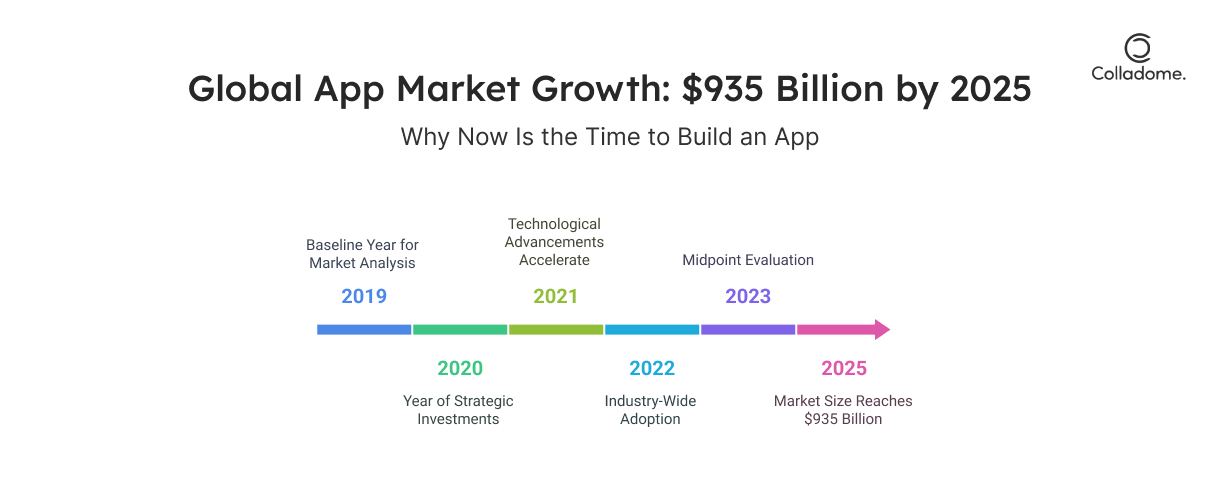
-
Massive Market Potential
- 44% of all ecommerce sales will come from mobile commerce in 2024 (Statista).
- Mobile apps tap into a billion-dollar opportunity, meeting customers where they already are—on their phones.
- Miss the app train, and you’re leaving serious cash on the table.
-
Enhanced User Experience
- Faster load times, personalized experiences, and seamless navigation make apps way smoother than websites.
- Apps deliver instant access to what users want, reducing friction and making the shopping experience feel effortless.
- Happy customers are the result of easy, fun, and fast shopping experiences.
-
Increased Conversion Rates
- Mobile apps convert 157% better than mobile websites (Business of Apps).
- Instant access to products and one-click purchases increase the likelihood of turning a browser into a buyer.
- Apps offer features like mobile wallets and quick checkouts, making transactions faster and more efficient.
-
Brand Loyalty
- Push notifications, reward systems, and in-app purchases help keep customers coming back.
- Apps create sticky experiences that encourage repeat purchases and foster long-term loyalty.
- A loyal customer base is one that keeps coming back, creating a foundation for sustained success.
What to Look for in an Ecommerce App Development Company
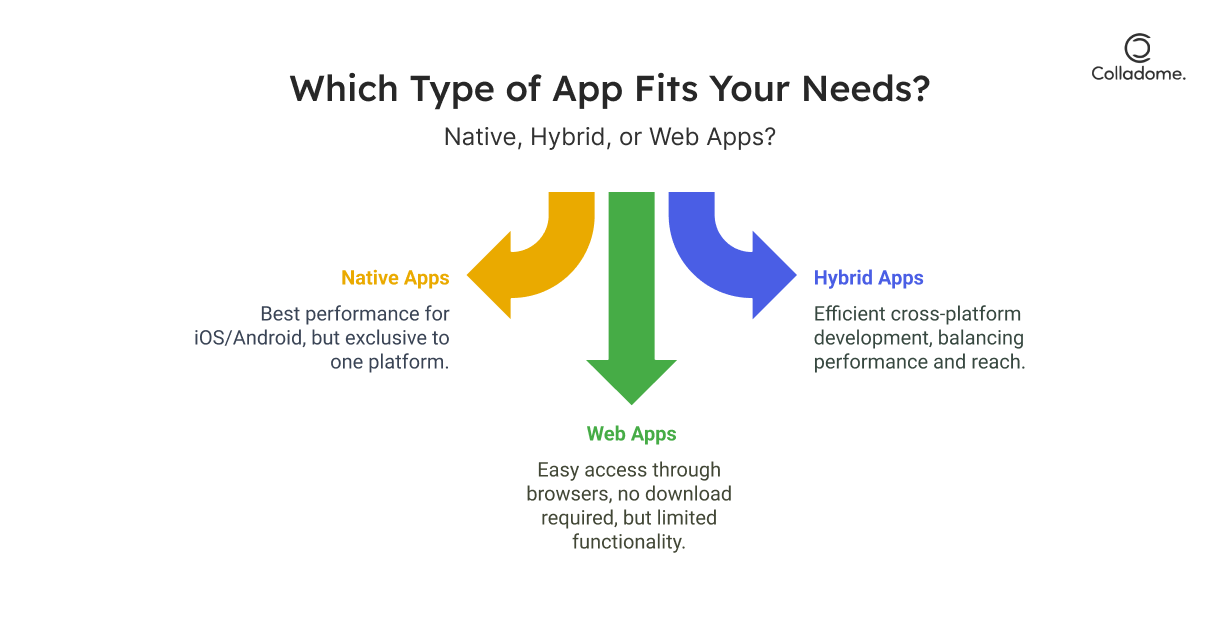
-
Expertise in Ecommerce Frameworks
- Magento, Shopify, WooCommerce—if they know their way around these platforms, you’re on the right track.
- A standout developer doesn’t just know the basics; they master the platforms that make ecommerce smooth and scalable.
- Custom solutions? Even better. They should be able to create something truly unique and fit-for-purpose for your business, not just plug-and-play templates.
-
Portfolio & Case Studies
- Want to see if they can walk the walk? Look at their past projects.
- Quality and innovation should pop in their portfolio. It’s like their personal business card—if their work impresses you, they’re likely worth your investment.
- Pro Tip: Don’t just look for aesthetics; check how their solutions helped businesses boost sales, enhance user experience, or solve pain points.
-
Scalability & Customization
- Your business is going places, and your app needs to grow with it. Make sure your chosen company can scale your app as demand increases.
- A one-size-fits-all approach won’t cut it. You need developers who can customize your app to match your evolving needs.
- Growth is non-negotiable, so choose a partner that can future-proof your ecommerce experience.
-
Cost-Effectiveness
- Quality doesn’t always come cheap, but that doesn’t mean you need to break the bank.
- Typical ecommerce app development costs range from $10,000 to $500,000—but here’s the thing: it’s worth investing in quality if you want an app that works and grows with you.
- Beware of cheap developers. A budget solution may sound tempting, but you could end up paying for it later in maintenance costs and poor performance.
-
Support & Maintenance
- The launch of your app is just the beginning. Post-launch support is critical to keep everything running smoothly.
- Ensure your developers provide ongoing maintenance, so your app stays updated and free from bugs.
- Pro Tip: The best ecommerce app developers offer continuous support, so you never feel like you’re in the dark when something breaks.
| What to Look For | Why It Matters | What to Avoid |
| Ecommerce Framework Expertise | They should own platforms like Shopify and WooCommerce. | Jack-of-all-trades, master of none—no thanks! |
| Portfolio & Case Studies | If their past projects make you say “wow,” you’re in good hands. | Generic portfolios with zero customization. |
| Scalability & Customization | Your business grows—your app should too. | One-size-fits-all solutions that won’t last. |
| Cost-Effectiveness | Balance quality and budget—get your money’s worth. | Cheap and lazy developers who cut corners. |
| Support & Maintenance | You need them post-launch—always. | Developers who disappear after the app is live. |
Top Ecommerce Mobile App Developers in 2024
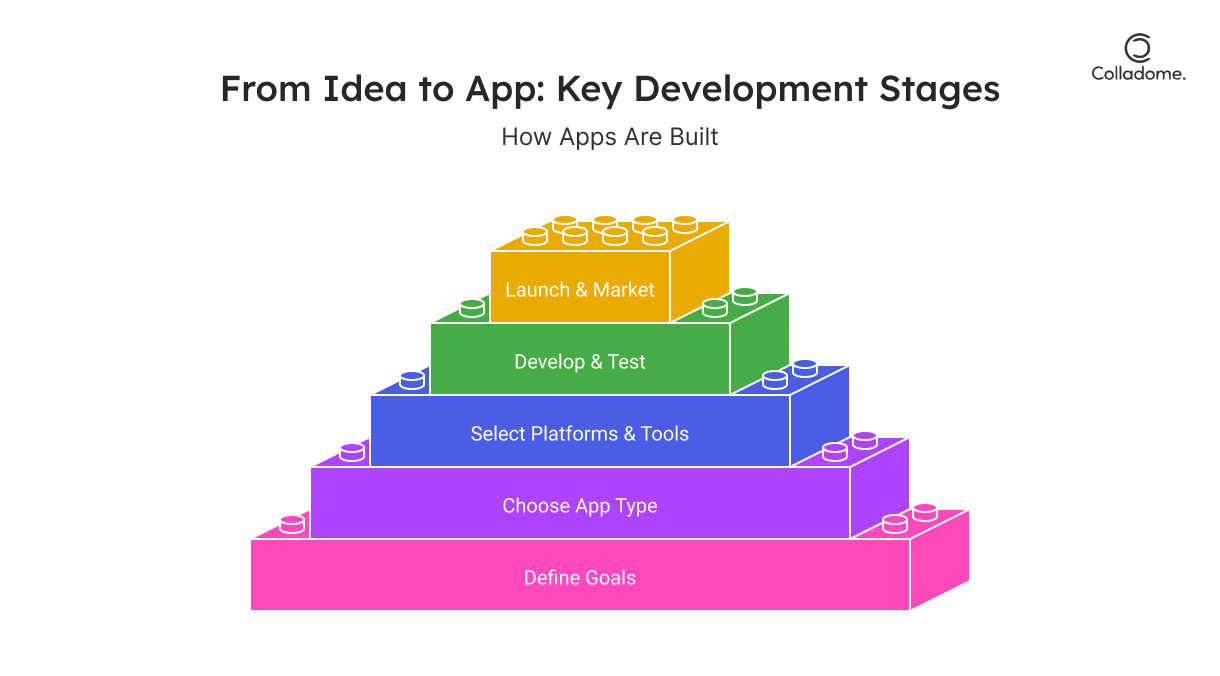
India-Based Champions
1. Tata Consultancy Services (TCS)
- Why They’re Great: TCS is like the big kahuna in the world of app development, and their expertise in AI-powered ecommerce apps takes them to the top. They don’t just build apps—they build smart apps that work for your business.
- Real-World Example: They created an AR-enabled shopping app for a major Indian retail chain. The result? 35% more engagement. Yep, AR is the future, and TCS knows how to make it pop!
2. Hyperlink InfoSystem
- Why They’re Great: Looking for a cost-effective yet high-performing solution? Hyperlink InfoSystem’s got your back, especially if you’re a startup or SME looking to punch above your weight.
- Real-World Example: They delivered a feature-packed app for an Indian fashion retailer. The result? A 42% boost in sales. Talk about delivering value that pays for itself!
Worldwide Leaders You Need to Know
1. Intellectsoft (USA)
- Why They’re Great: When it comes to high-end, customized ecommerce solutions, Intellectsoft is the name that echoes through the industry. They specialize in premium, enterprise-level solutions that elevate brands.
- Real-World Example: They built an app for a luxury goods retailer that helped grow mobile transactions by 70%. Intellectsoft knows how to take ecommerce to the next level.
2. Appinventiv (USA/Global)
- Why They’re Great: Blockchain, AI, and cutting-edge technology? Yep, that’s their jam. If you want an app that’s both innovative and tech-savvy, Appinventiv is the company to call.
- Real-World Example: They developed an app for a global food delivery service that reduced cart abandonment by 50%. Talk about using tech to fix real-world problems!
Why These Developers Rock
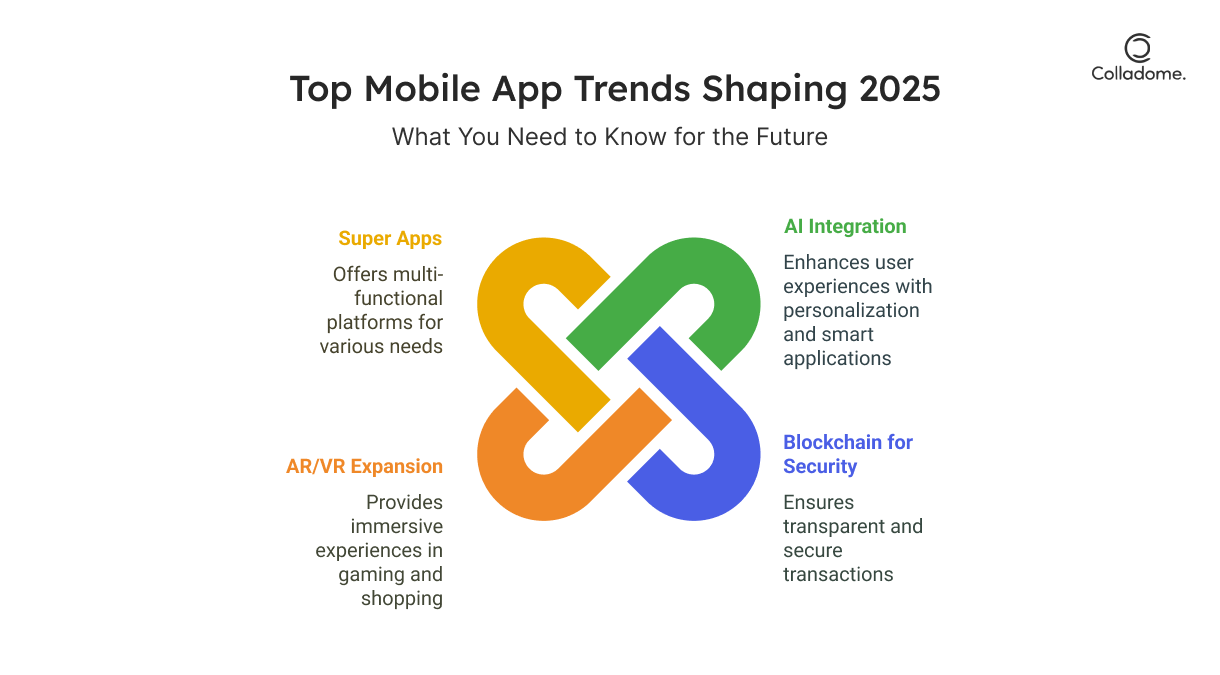
- AI, AR, Blockchain: These companies are not just riding the wave—they’re shaping the future with the latest tech.
- Scalability: Whether you’re a fashion retailer or a luxury brand, these developers know how to scale with your business.
- Proven Results: From boosting sales to reducing cart abandonment, they’ve got real-world proof their solutions work.
| Developer | Why They’re Awesome | Real-World Win |
| Tata Consultancy Services | AI-powered ecommerce apps that are smarter than your average. | Created an AR shopping app that boosted engagement by 35%. |
| Hyperlink InfoSystem | Cost-effective solutions for startups that pack a punch! | Delivered an app for a fashion retailer, boosting sales by 42%. |
| Intellectsoft (USA) | High-end custom solutions that cater to premium brands. | Built a luxury goods app, increasing mobile transactions by 70%. |
| Appinventiv (USA/Global) | Masters of cutting-edge tech like blockchain and AI. | Created a food delivery app, cutting cart abandonment by 50%. |
How to Choose the Right Developer: The Ultimate Guide

1. Define Your Goals Like a Pro:
- Outline your app’s purpose, target audience, and key features.
- Be crystal clear on what your app will do and who it’s for.
- Your goals should guide every decision during the development process.
2. Compare Portfolios – Don’t Settle for Mediocre:
- Look for developers who’ve built ecommerce mobile apps similar to your vision.
- Check if they’ve worked in your industry and understand your niche.
- A solid portfolio = proof they can deliver.
3. Request References – Get the Inside Scoop:
- Ask previous clients for feedback on the developer’s work.
- Inquire about timelines, budget, communication, and overall satisfaction.
- Honest feedback from clients will give you an idea of what to expect.
4. Evaluate Technical Skills – Are They a Master of the Code?
- Check for expertise in Swift, Kotlin, and frameworks like React Native.
- Ensure they are up-to-date with the latest tech trends.
- Verify their knowledge of both iOS and Android platforms.
Key Statistics to Back Your Decision
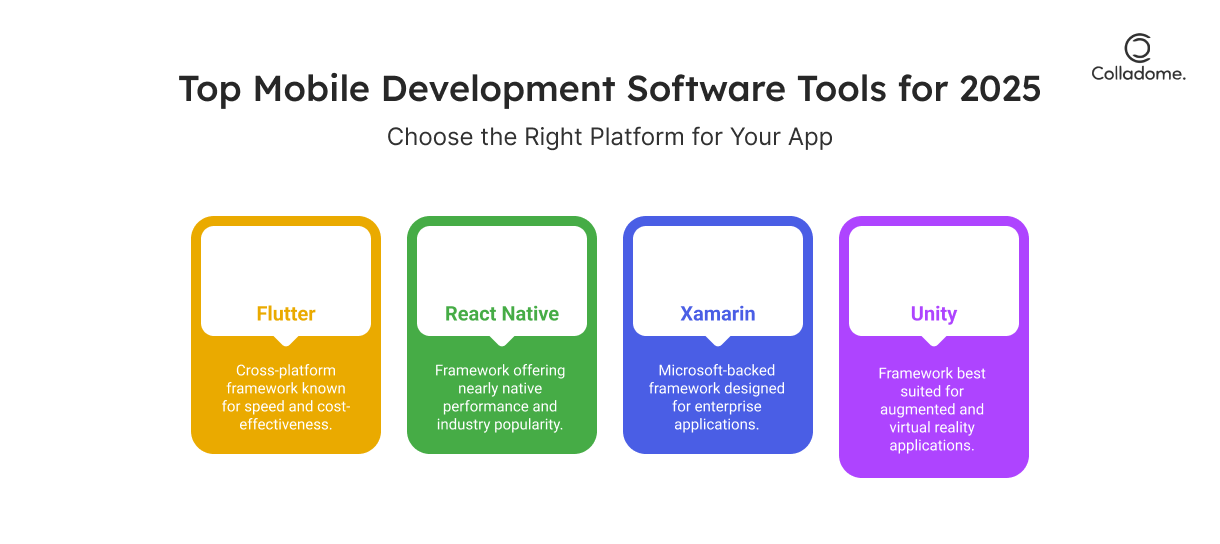
- Global Mobile App Revenue: Expected to reach $935 billion in 2024 . (source)
- Ecommerce App Usage: Mobile apps drive 58% of ecommerce traffic. (source)
- Customer Retention: Apps have a 3x higher retention rate compared to mobile websites. (source)
- Development Costs: The average cost of developing a mobile app ranges from $30,000 to $300,000. (source)
- User Engagement: Push notifications increase engagement by 88%. (source)
Real-Time Applications of Ecommerce Mobile Apps
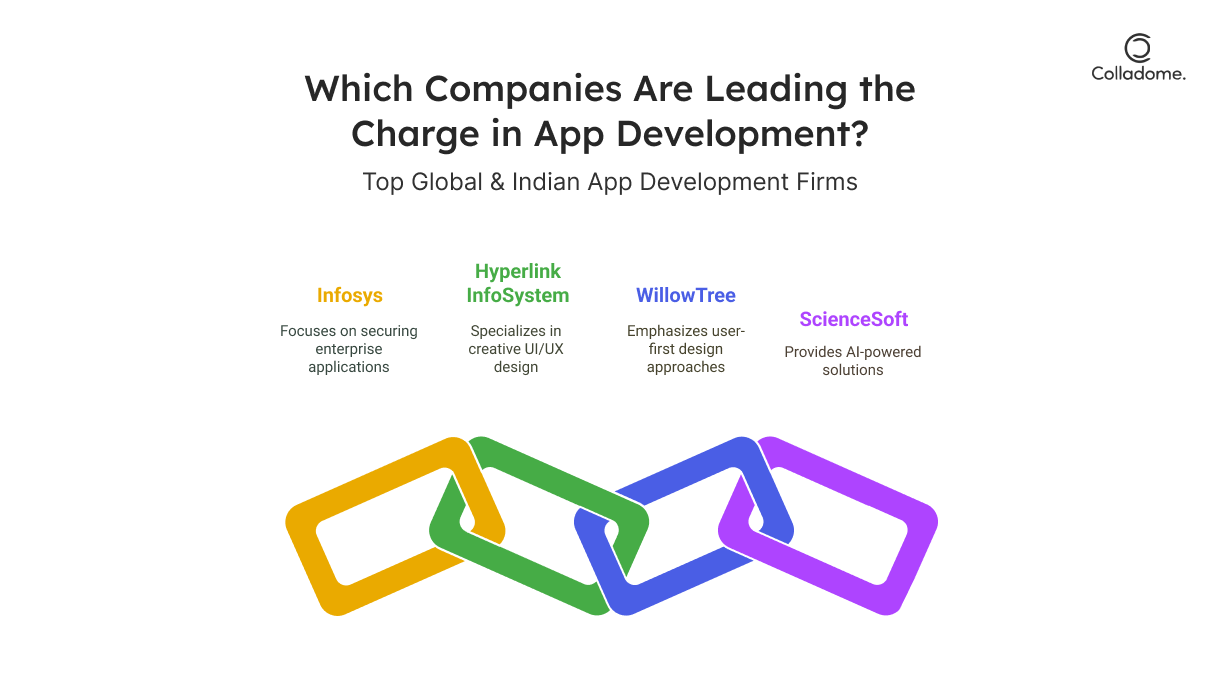
India-Based Innovations:
1. Flipkart: AR Magic for Shopping
- What They Did: Flipkart integrated Augmented Reality (AR), allowing users to virtually “try on” products like clothes, accessories, and furniture before buying.
- The Result: A massive 60% increase in app downloads during their festive sales.
- Why It’s Epic: AR not only enhanced user experience but also built excitement during shopping festivals, leading to a surge in downloads and engagement.
- Takeaway: AR is a powerful tool for ecommerce brands to create immersive and interactive shopping experiences.
2. Zomato: Personalized Recommendations with Machine Learning
- What They Did: Zomato utilized Machine Learning (ML) to analyze user preferences and provide personalized food recommendations based on past orders and search history.
- The Result: A 35% increase in customer retention, keeping foodies coming back for more.
- Why It’s Epic: By offering tailored experiences, Zomato built stronger connections with users, resulting in higher retention and more orders.
- Takeaway: Machine learning isn’t just about automation; it’s about enhancing user experience and driving loyalty.
Worldwide Innovations:
1. Amazon: AI-Driven Voice Shopping
- What They Did: Amazon’s Alexa allows customers to shop using voice commands, creating a seamless, hands-free shopping experience.
- The Result: Voice shopping sales are projected to hit $40 billion by 2024.
- Why It’s Epic: Voice shopping is the future – it’s convenient, fast, and feels futuristic. Amazon’s Alexa is tapping into this to revolutionize ecommerce.
- Takeaway: Voice-powered ecommerce is a game-changer that streamlines the shopping process and makes it effortless for users.
2. Nike: AR-Powered Shoe Fitting
- What They Did: Nike developed an AR-powered shoe-fitting app, enabling customers to virtually try on shoes and find the perfect fit before buying.
- The Result: A 20% reduction in return rates, saving Nike millions annually.
- Why It’s Epic: This innovative solution minimized the hassle of returns, improving customer satisfaction and profitability.
- Takeaway: AR in ecommerce can solve real-world problems like returns while enhancing customer confidence and satisfaction.
Why This Matters for Your Business:
- AI, AR, and Machine Learning are no longer just buzzwords; they’re transforming ecommerce at a massive scale.
- These technologies increase customer retention, boost sales, and enhance the user experience—all key factors in building a successful ecommerce business.
- As an ecommerce app developer, adopting these cutting-edge features can set you apart from competitors and create a stronger connection with your audience.
Conclusion
Finding the right ecommerce mobile app developer is like finding your secret weapon in the fast-paced world of digital commerce. With so many options out there, it can be a jungle, but don’t worry! Focus on developers who bring expertise, innovation, and exceptional customer support to the table. These are the key ingredients for building a seamless, intuitive, and feature-packed mobile app that makes your business stand out in the crowded ecommerce space.
The future of ecommerce isn’t just about selling products online—it’s about creating experiences that keep customers coming back for more. Whether it’s integrating AR, AI, or machine learning, the right developer will make sure your app isn’t just functional but future-proof, setting your brand up for long-term success.
So, don’t just go for any developer. Look for one that knows the ropes and is constantly innovating. Whether it’s creating hyper-personalized experiences or making your app mobile-first and user-friendly, the right choice will give your business the edge it needs.
Call to Action
Are you ready to take your ecommerce game to the next level? Don’t wait—partner with the best ecommerce app developers and start building an app that speaks to your customers and drives results. Reach out to the top mobile app development companies today, explore their portfolios, get some quotes, and don’t let your idea sit in the backburner.
And if you’re looking for a game-changing partner, look no further than Colladome. With Colladome’s expertise in ecommerce solutions and its focus on cutting-edge technologies, you’re in the right hands. From startups to established enterprises, Colladome is all about custom solutions that scale with your business, ensuring your app is not just competitive, but a market leader. Check out Colladome’s offerings and get in touch to turn your ecommerce vision into a revenue-generating reality.
When you’re ready to level up, Colladome’s got your back.










17 Responses
Thank you for your sharing. I am worried that I lack creative ideas. It is your article that makes me full of hope. Thank you. But, I have a question, can you help me?
Can you be more specific about the content of your article? After reading it, I still have some doubts. Hope you can help me.
Your article helped me a lot, is there any more related content? Thanks!
I don’t think the title of your article matches the content lol. Just kidding, mainly because I had some doubts after reading the article.
Your point of view caught my eye and was very interesting. Thanks. I have a question for you.
Your point of view caught my eye and was very interesting. Thanks. I have a question for you.
Thank you for your sharing. I am worried that I lack creative ideas. It is your article that makes me full of hope. Thank you. But, I have a question, can you help me?
Can you be more specific about the content of your article? After reading it, I still have some doubts. Hope you can help me.
Thanks for sharing. I read many of your blog posts, cool, your blog is very good.
Can you be more specific about the content of your article? After reading it, I still have some doubts. Hope you can help me. https://www.binance.com/lv/register?ref=B4EPR6J0
Thank you for your sharing. I am worried that I lack creative ideas. It is your article that makes me full of hope. Thank you. But, I have a question, can you help me? https://www.binance.info/si-LK/register-person?ref=V2H9AFPY
Your point of view caught my eye and was very interesting. Thanks. I have a question for you.
Your point of view caught my eye and was very interesting. Thanks. I have a question for you.
Your point of view caught my eye and was very interesting. Thanks. I have a question for you.
I don’t think the title of your article matches the content lol. Just kidding, mainly because I had some doubts after reading the article.
Your point of view caught my eye and was very interesting. Thanks. I have a question for you.
I don’t think the title of your article matches the content lol. Just kidding, mainly because I had some doubts after reading the article.